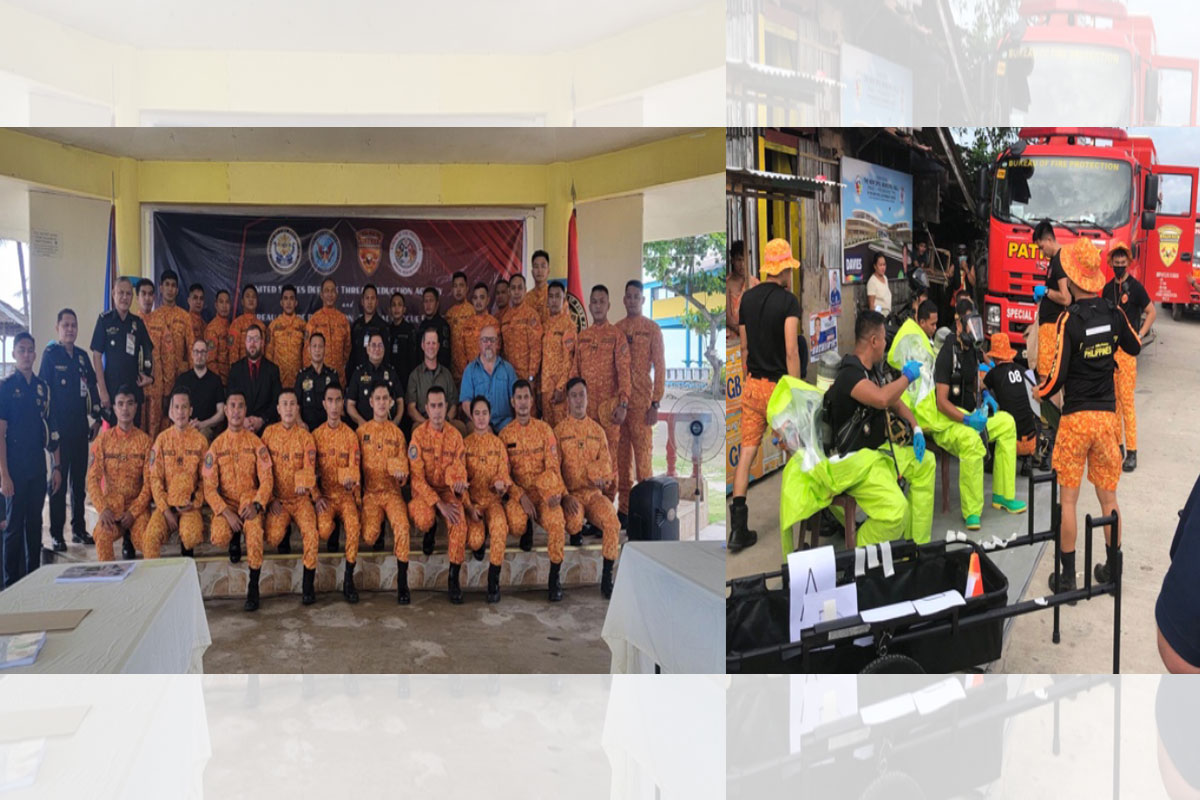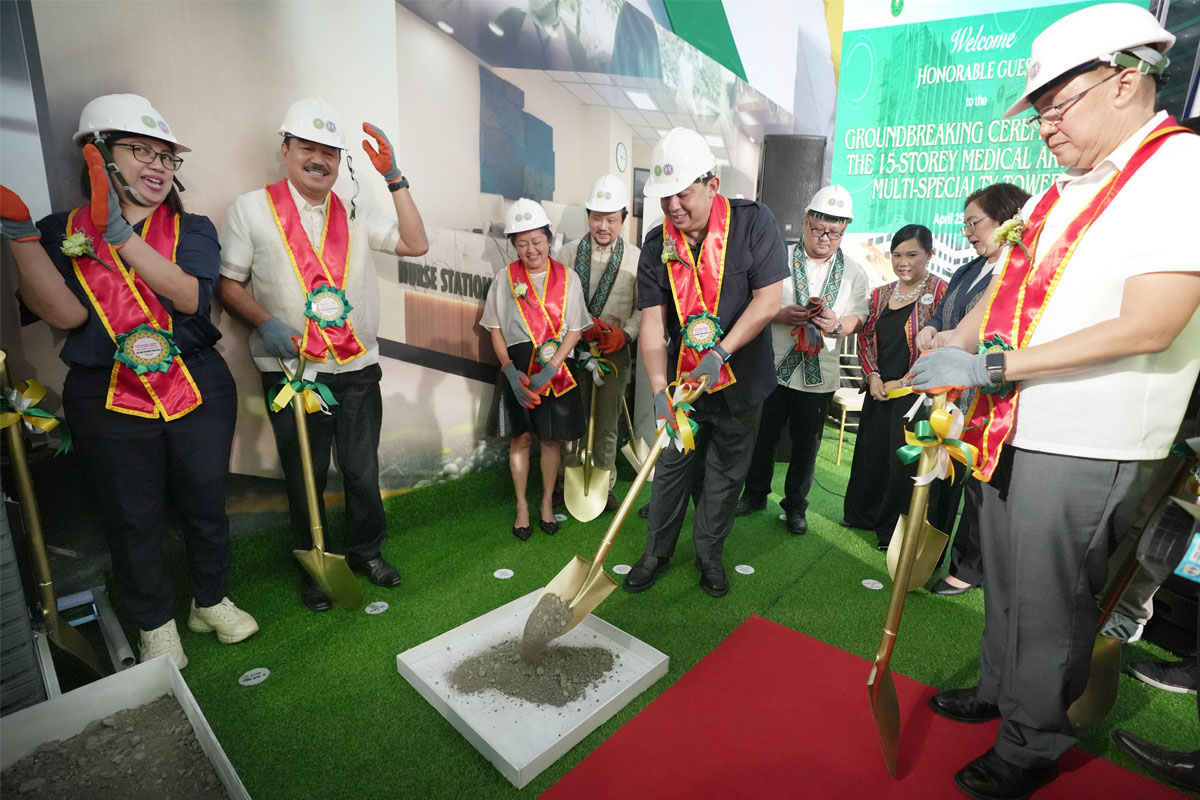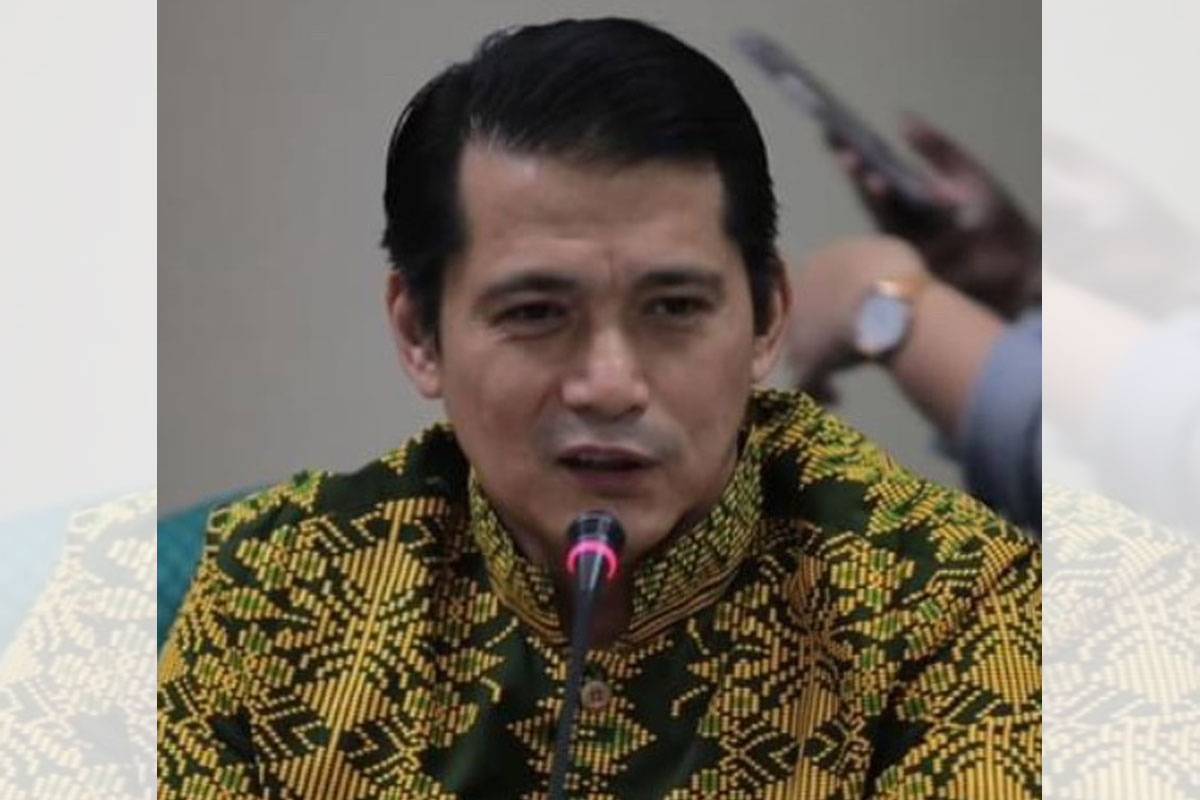 Firefighters from the Philippine Bureau of Fire Protection participate in the U.S. Defense Threat Reduction Agency’s two-week training course on countering weapons of mass destruction, which focused on the risks that first responders face when encountering a Chemical, Biological, Radioactive and Nuclear incident.
Firefighters from the Philippine Bureau of Fire Protection participate in the U.S. Defense Threat Reduction Agency’s two-week training course on countering weapons of mass destruction, which focused on the risks that first responders face when encountering a Chemical, Biological, Radioactive and Nuclear incident.
U.S., PH train to counter weapons of mass destruction
ON May 13, the U.S. Defense Threat Reduction Agency (DTRA) concluded its two-week training course with the Philippine Bureau of Fire Protection (BFP) on countering weapons of mass destruction (CWMD).
This training, which involved more than 100 participants from each region across the Philippines, focused on the risks that first responders face when encountering a Chemical, Biological, Radioactive and Nuclear (CBRN) incident. A CBRN incident can be accidental or intentional, and BFP officers use their specialized equipment to ascertain what type of chemical or other material is present.
The CWMD Operations course enabled the students to analyze an incident, plan the initial response, and implement defensive actions to include: the selection and use of personal protective equipment, air monitoring and sampling, technical and mass decontamination, victim rescue and recovery, defensive product control, evidence preservation, and illicit laboratory and improvised device awareness.
The CWMD Technicians course allowed tactical leaders to analyze a problem, plan and implement a response, evaluate progress, adjust as needed, and assist in terminating a WMD incident.
“This CWMD Technicians course and the provisions of much-needed tools and equipment from DTRA will surely enhance BFP’s Special Rescue Force’s (SRF) capability to respond to CBRN incidents, especially with the newly created Hazmat and CBRN Teams in Cagayan de Oro and Puerto Princesa,” said SRF Director Chief Supt. Romel Tradio. “This strong partnership fosters security and progress.”
DTRA has been a longtime partner of BFP, enabling both the U.S. and the Philippines to learn best practices from each other. As the premier CBRN response agency in the Philippines, BFP continuously holds refresher and sustainment training on the tactics, techniques, and procedures necessary to stay ahead of the emerging risks and threats to the Philippines.
“This training was significant in enabling us to support the Philippine firefighters in their mission,” said DTRA Director of Onsite Inspection and Building Partner Capacity David L. Musgrave. “Since 2013, DTRA has worked closely with a number of Philippine units by providing training and equipment to enhance their ability to respond to incidents involving chemical, biological, or radiological material. We are very proud to support the efforts of our Philippine partners to bolster the safety and security of their nation.”
Plans for future DTRA capacity-building activities in the Philippines include training on a new mass-casualty decontamination system that was donated to the Southern Philippines Medical Center in Davao, additional virtual trainings for CBRN awareness, and opportunities for BFP officers to travel to the United States and other countries for multinational training events once travel restrictions are lifted.
DTRA works continuously to enable the U.S. and partner nations to counter and deter WMDs as well as other emerging threats to human life.
In April, DTRA also held a training in Tuguegarao City to boost the Philippines’ capability to detect diseases and reduce biological threats. This training was built off of a longstanding cooperative partnership between DTRA’s Biological Threat Reduction Program (BTRP) and the Philippine Department of Agriculture Regional Animal Disease Diagnostic Laboratory (RADDL) network.
It focused on improving capacity to safely detect, map, and report zoonotic disease, specifically targeting improvements in the biosecurity and biosafety practices necessary to effectively manage anthrax—a naturally occurring pathogen in the Philippines that has the potential to cause disease in animals and humans. It additionally supported the capability of RADDL II to characterize and map local disease burden, enabling improved risk assessments and bolstering it as a central line of defense against biothreat agents.
For more information on BTRP or other DTRA programs, visit www.dtra.mil.
















